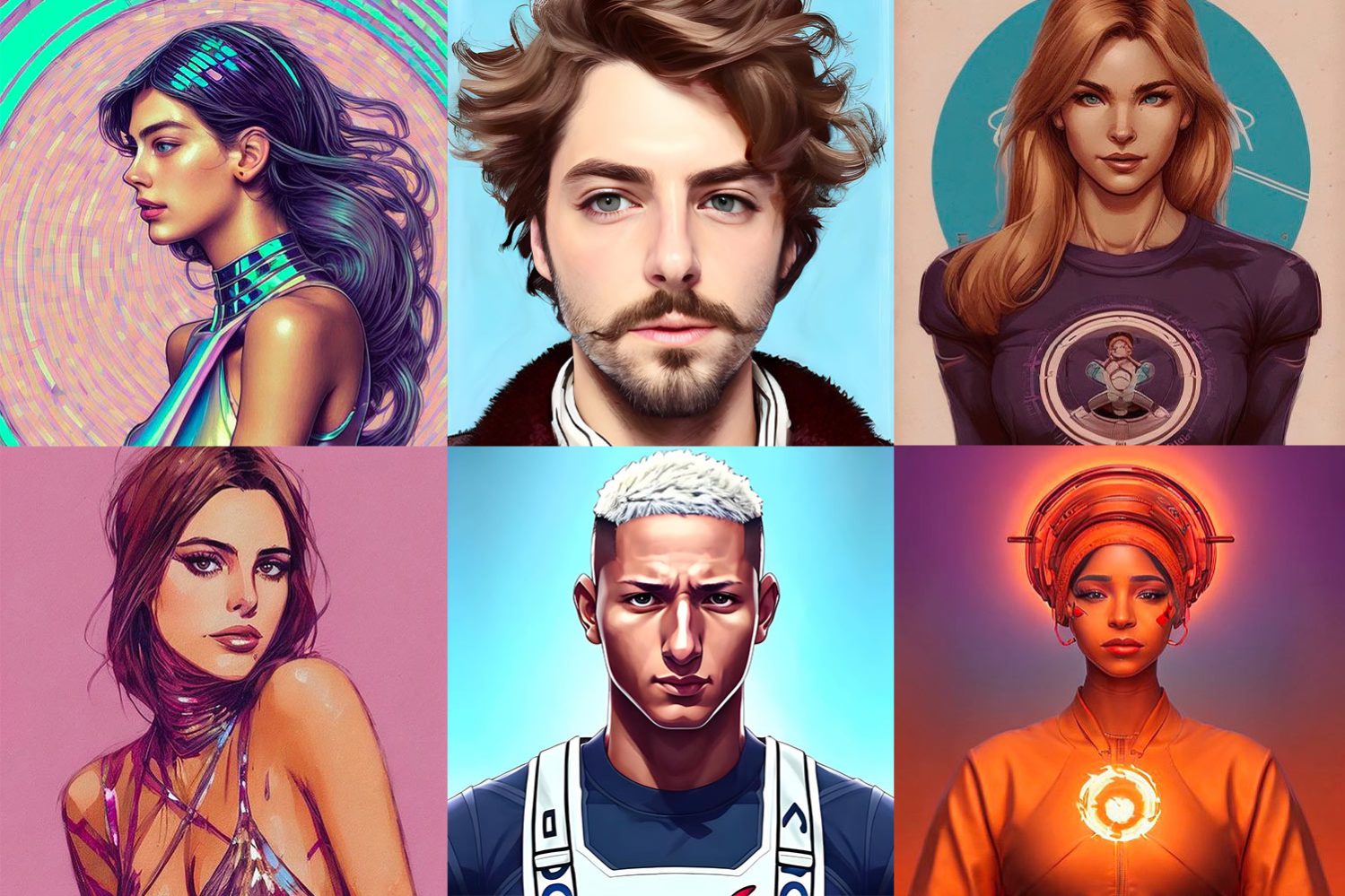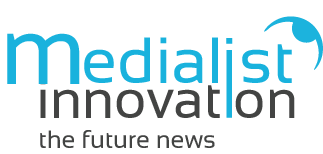Recently, we have been hearing more and more about artists who rely on the support of artificial intelligence (AI) to create new works. But what does this mean for art itself? Should we now rely on machines to develop creative ideas?
It is undoubtedly impressive what AI is capable of. It can recognise complex patterns and even create artistic works that, at first glance, do not come from human hands. But wouldn’t it be much more interesting if artists realised their own ideas and visions instead of relying on the support of machines?
Some see AI as a way to support artistic creativity and open up new perspectives. Others, however, fear that machines could replace human creativity and that art would lose its soul.

One advantage of artificial intelligence in art is that it is able to recognise and process complex patterns that are difficult for the human mind to grasp. It can also quickly analyse large amounts of data and make new connections that the human artist might miss. With the support of AI, artists can gain new perspectives on old subjects and perhaps even develop entirely new forms of artistic expression.
However, there are also some drawbacks to using AI in art. A main argument of critics is that machines are simply not able to understand the depth and emotions that make up human art. While they can recognise complex patterns, they lack the human perspective and empathy that are so important to art. There are also concerns that AI could replace human artists, leading to a restriction of artistic freedom.
AI can undoubtedly be a useful tool to support the creative work of artists. But we should not rely on it to replace art or even the artist. Artistic creations should always be driven by human inspiration and creativity. Only then can they truly touch the soul and make us think about the world and ourselves.
But to demonise AI now? There is also an opportunity in every challenge! If artists use the possibilities of artificial intelligence to realise their own ideas and visions instead of relying on the machines, it could lead to interesting new perspectives.
It is also important that AI is used ethically and responsibly and that there are mechanisms in place to ensure that artists retain control over their work. By having an open and transparent discussion about the pros and cons of AI in the arts, we can ensure that the technology is used in a way that benefits everyone.
With all this in mind, I argue that artists and machines should work together to open up new perspectives and create interesting artistic works. If artists pursue their creative vision and let AI support them without the machines taking control, it could lead to truly remarkable results.
Post Image: Nicky Johnston

